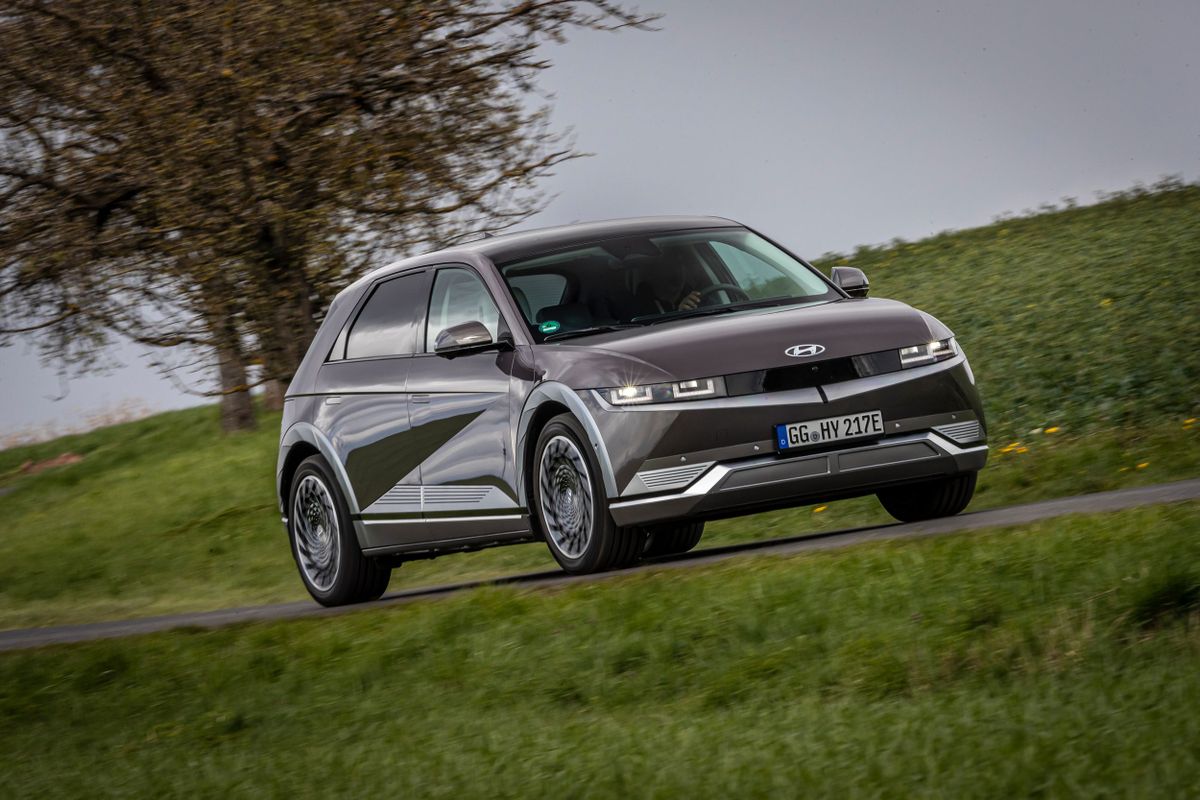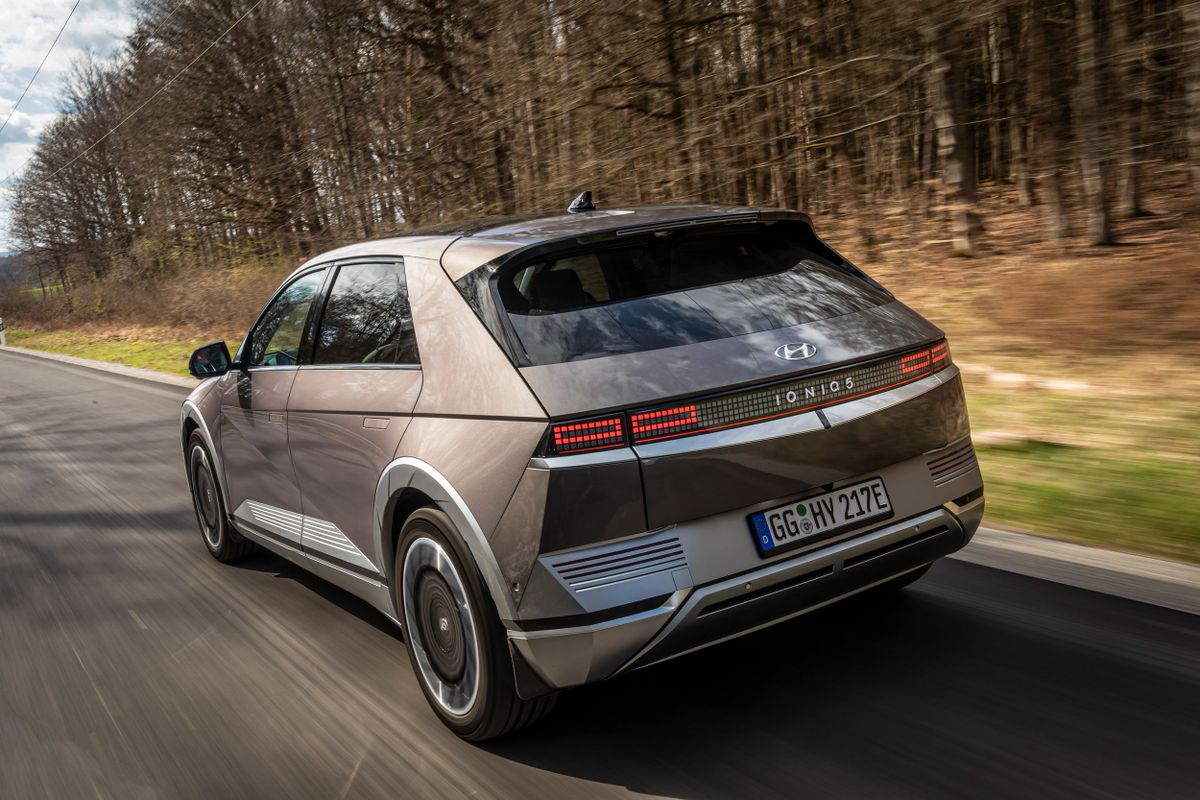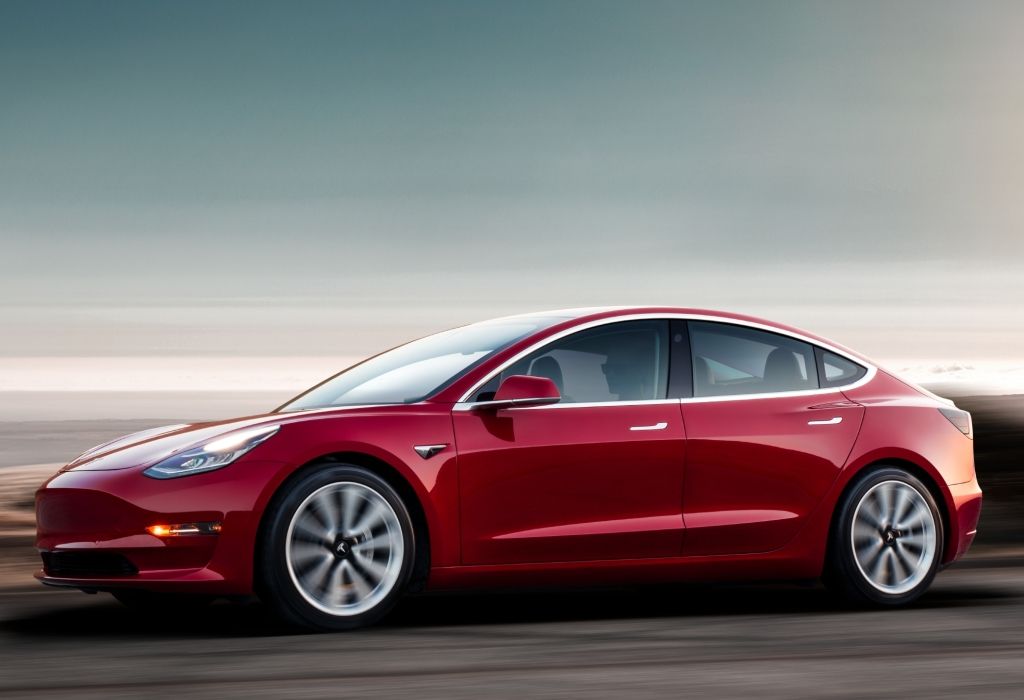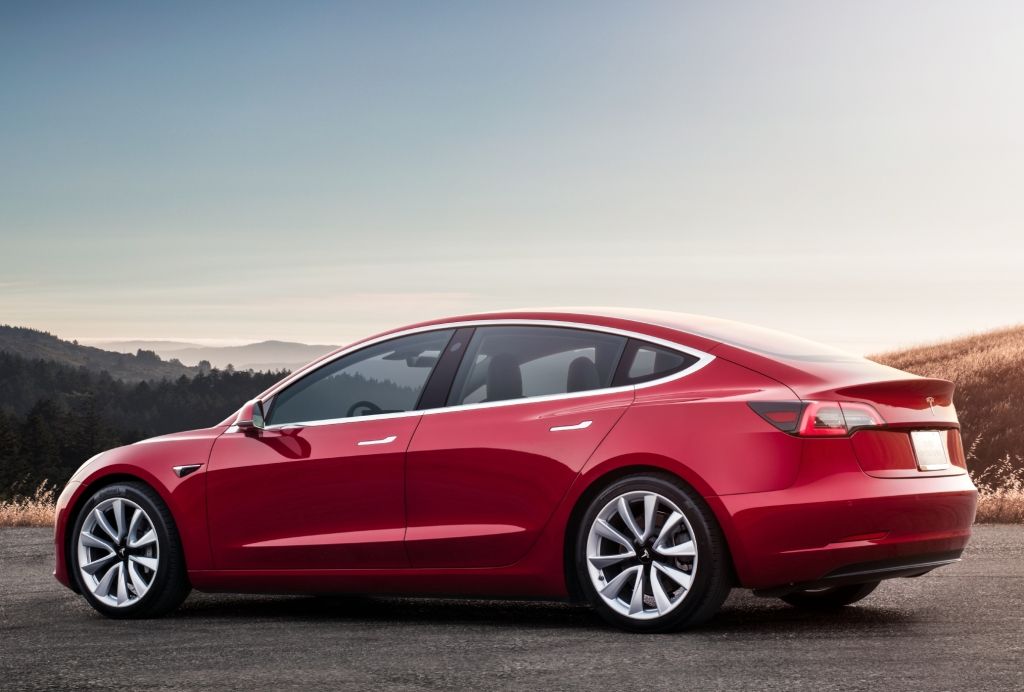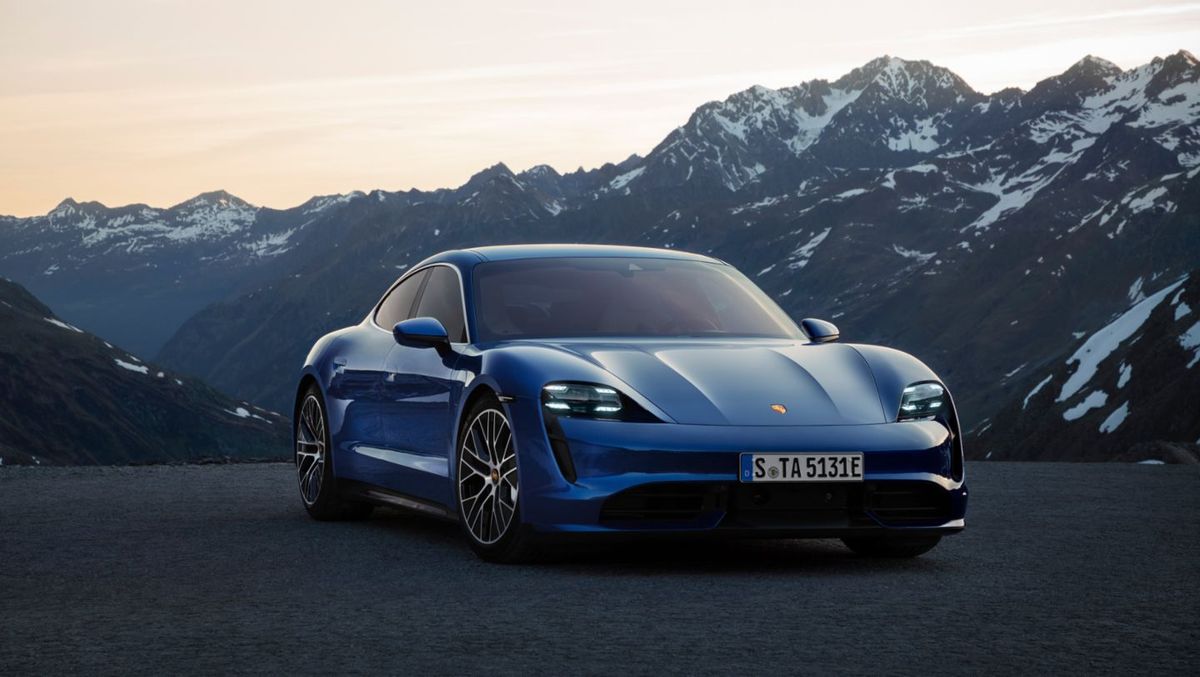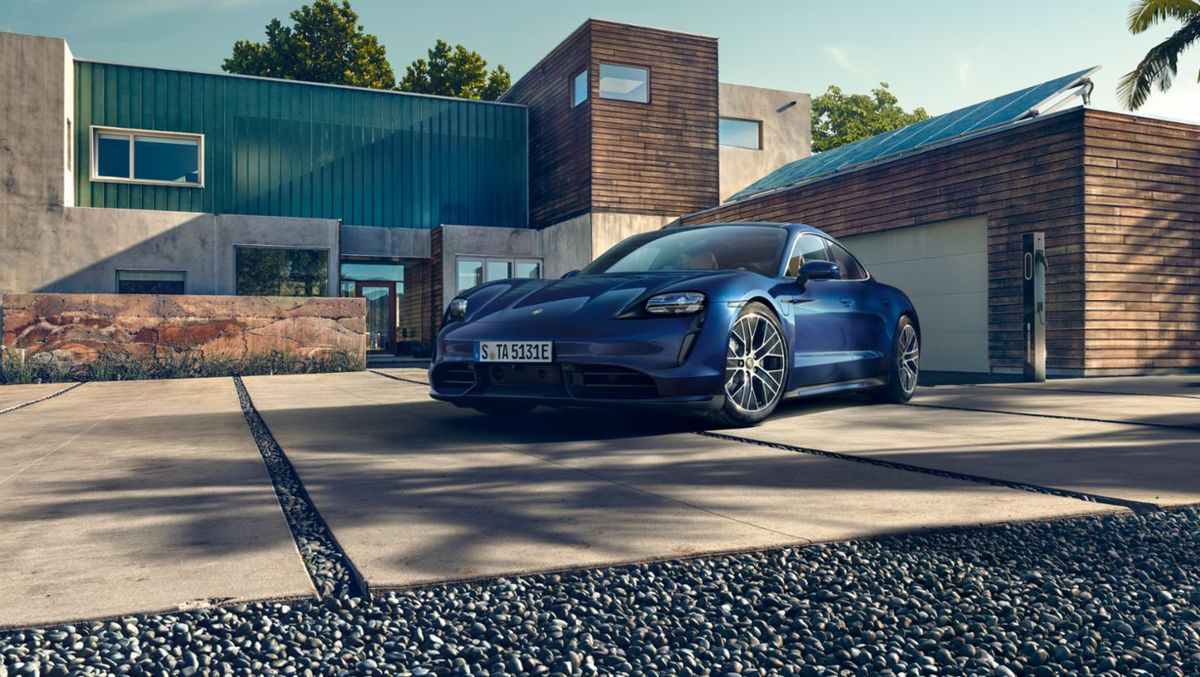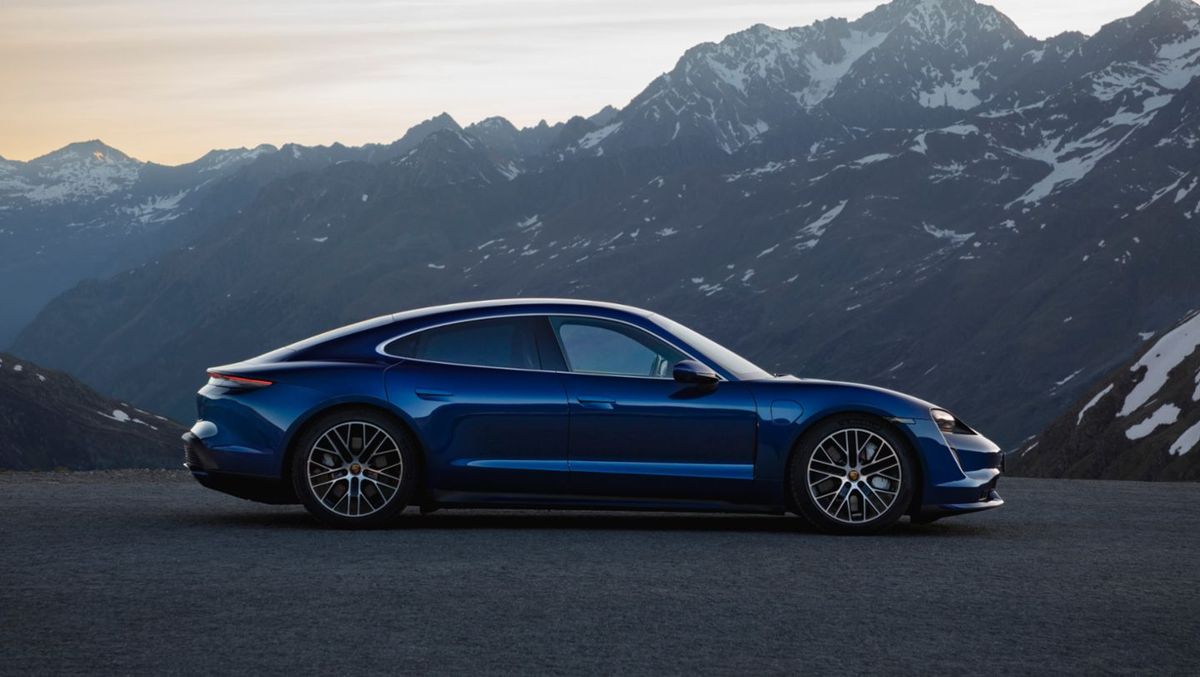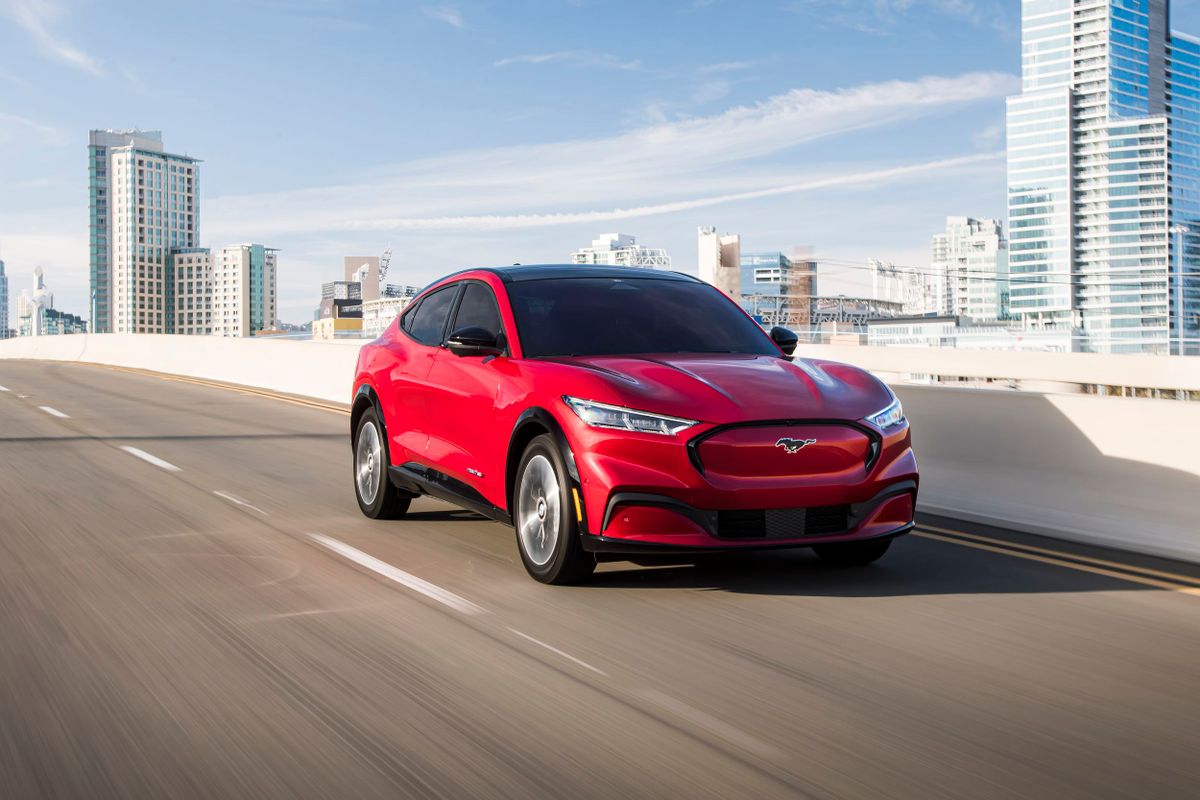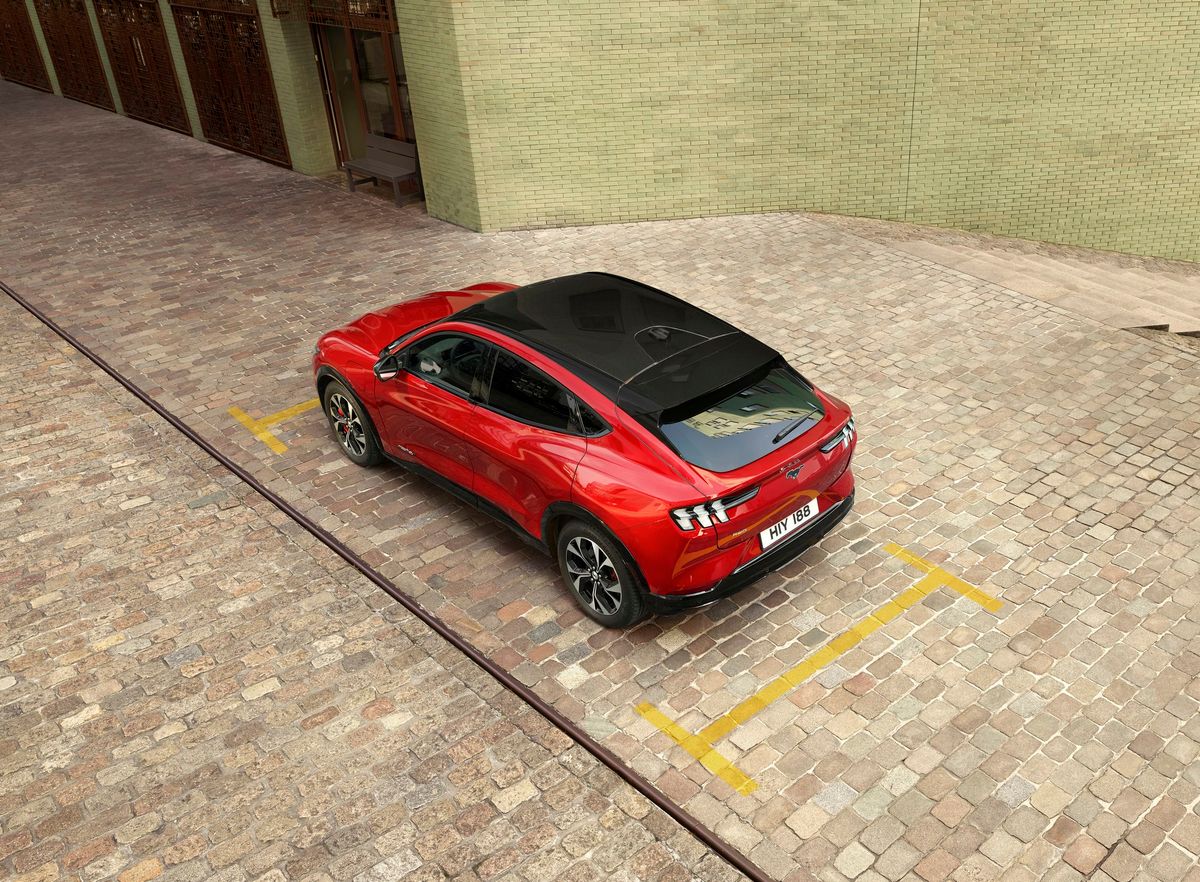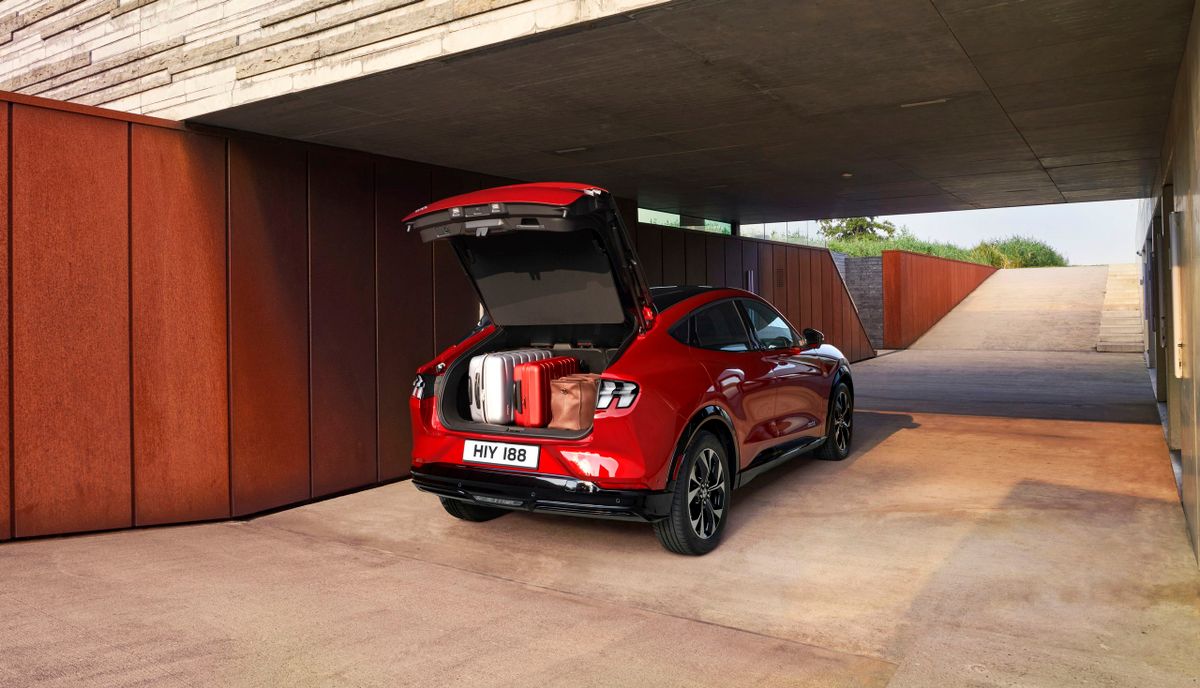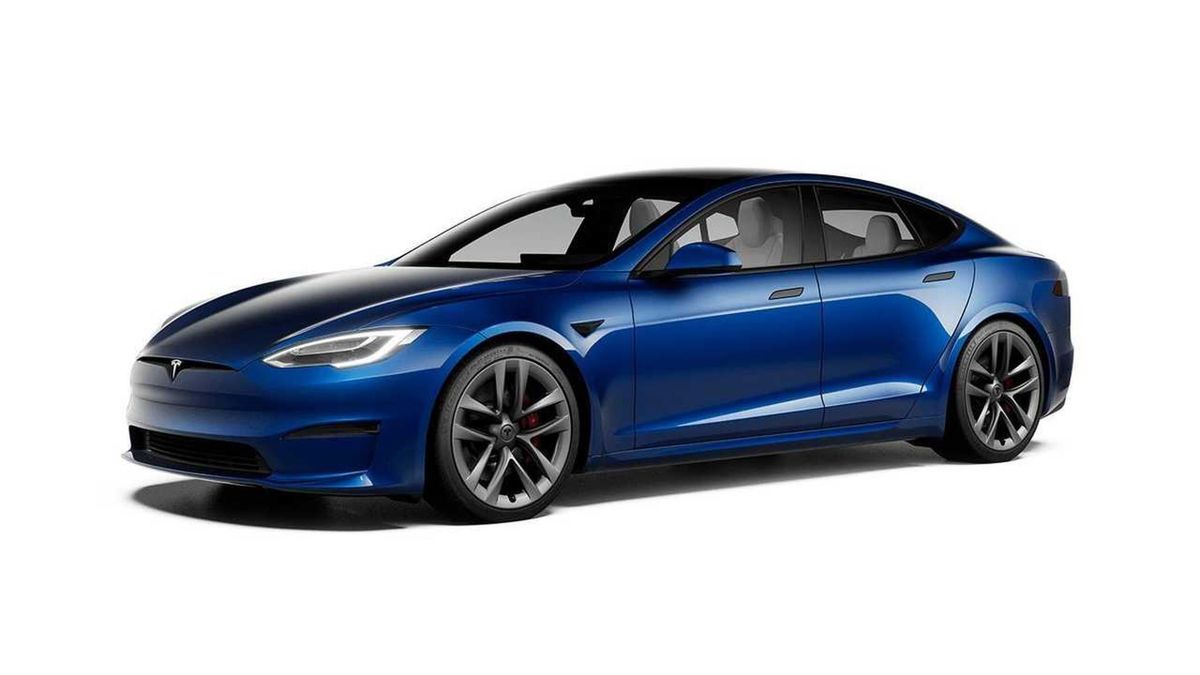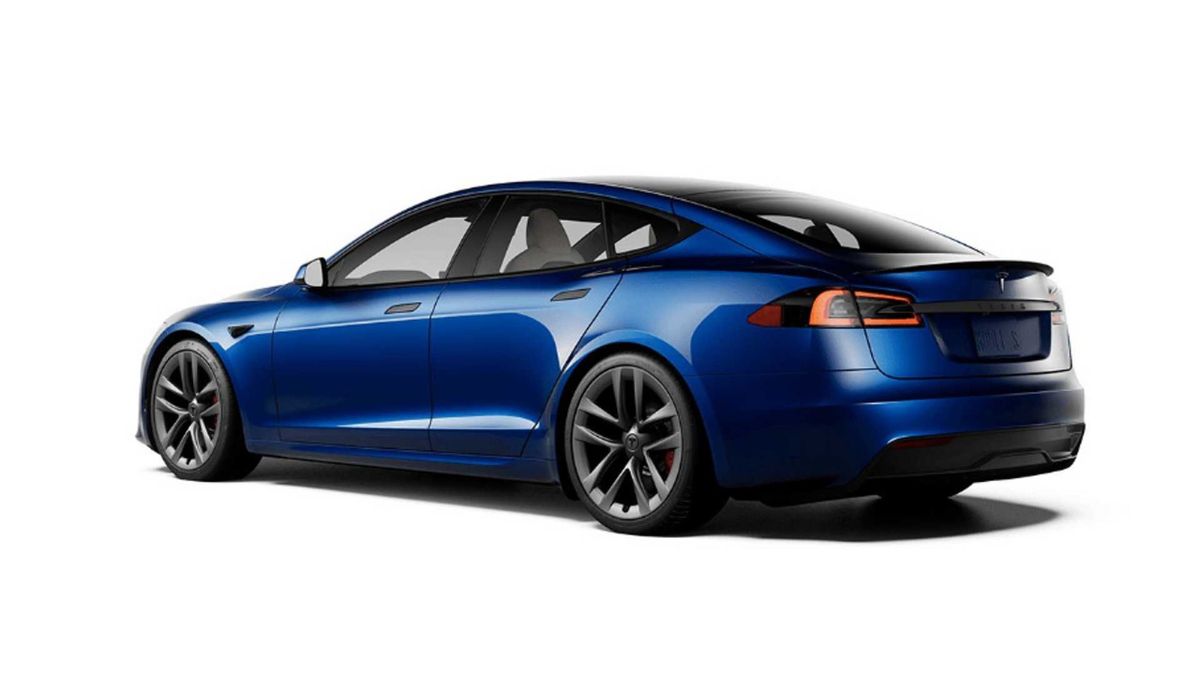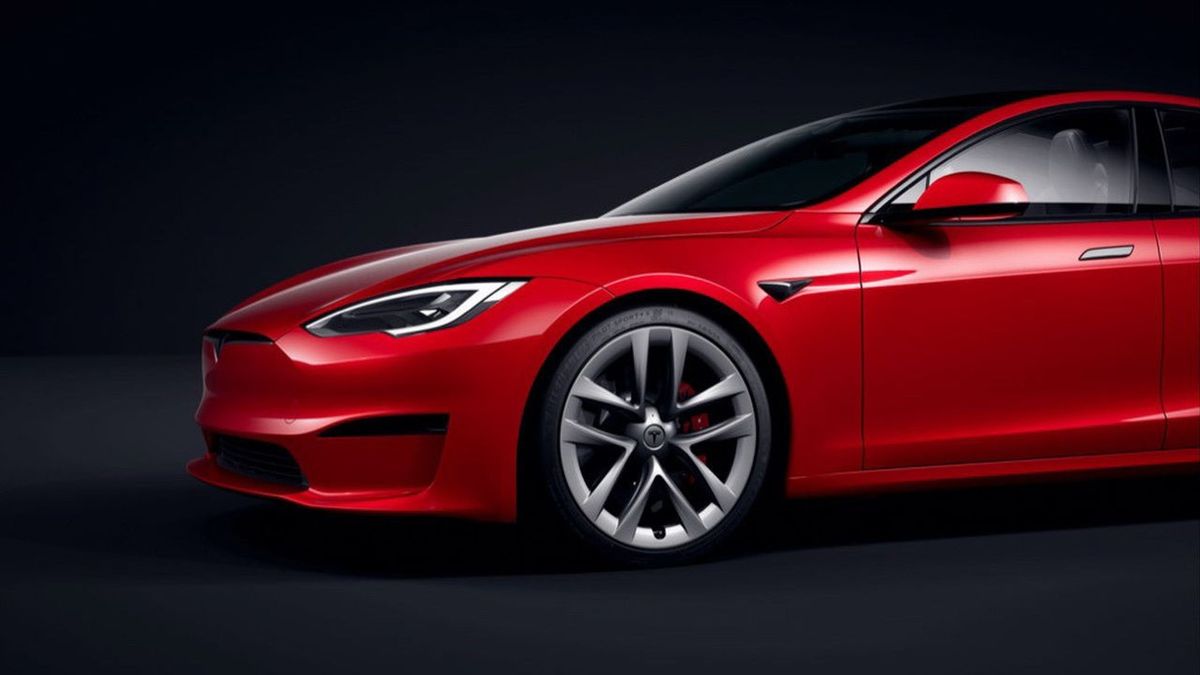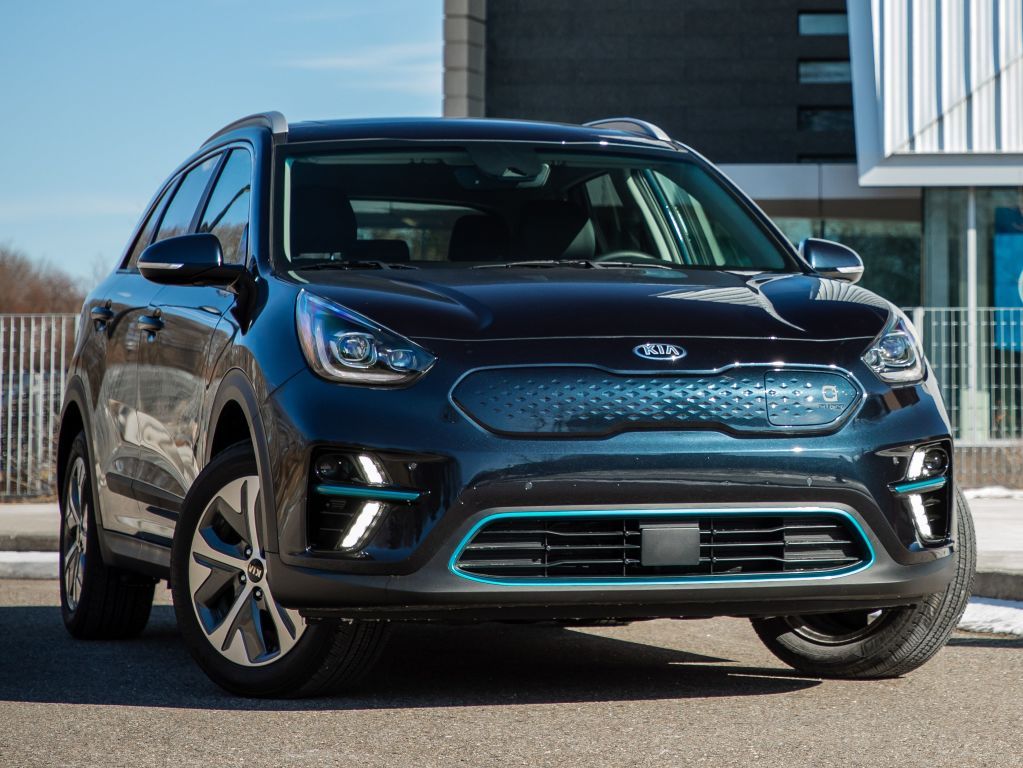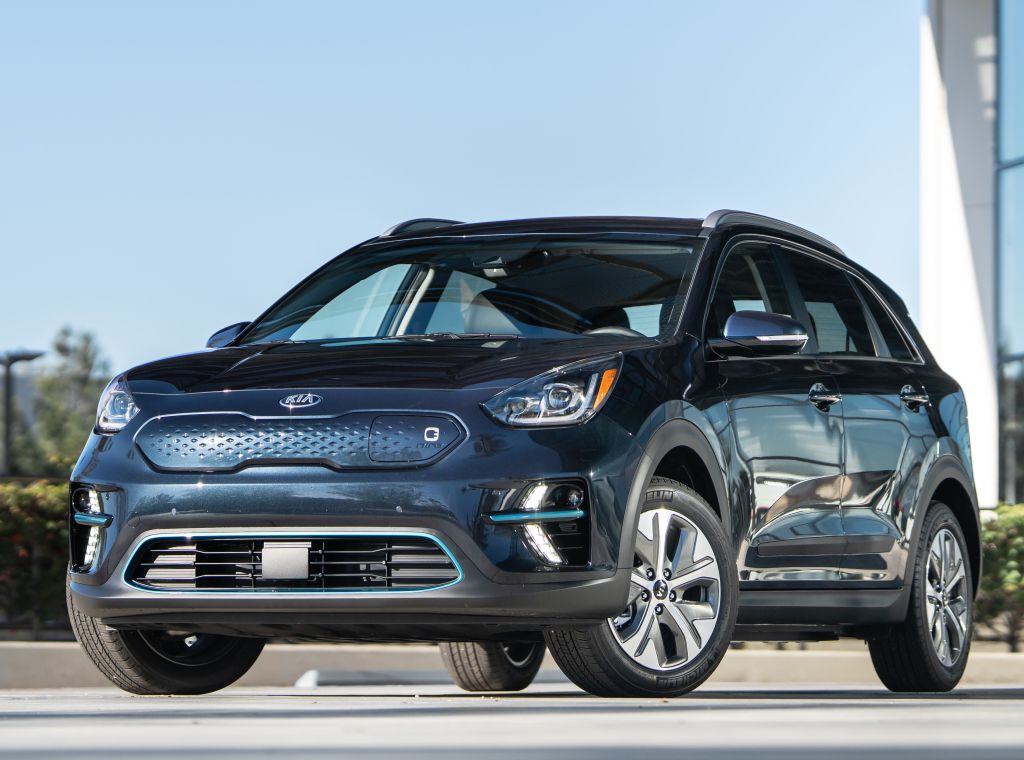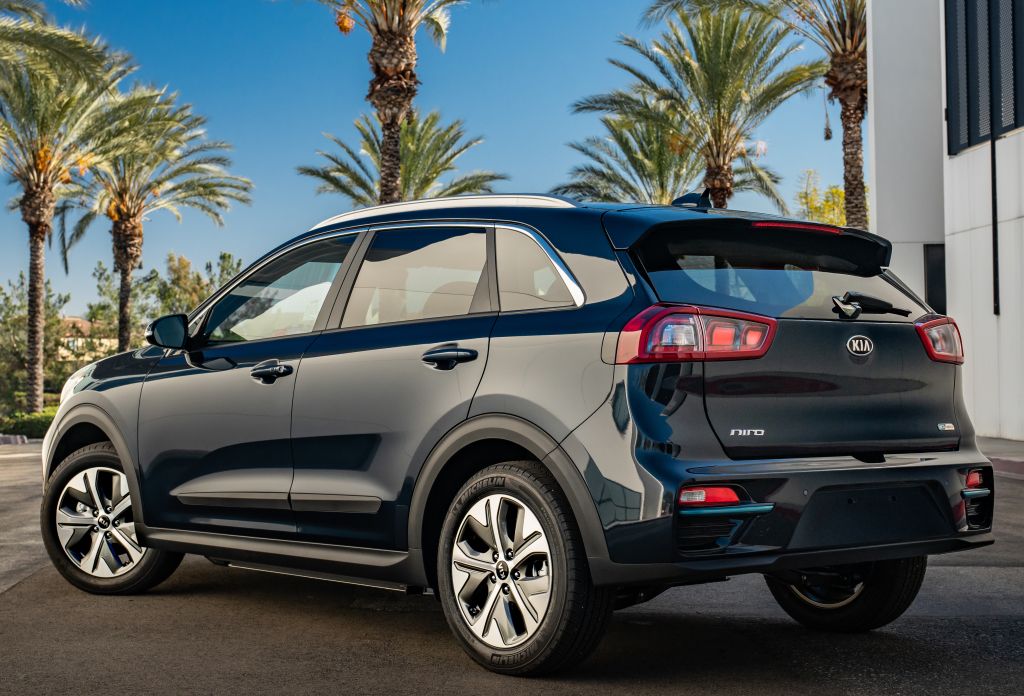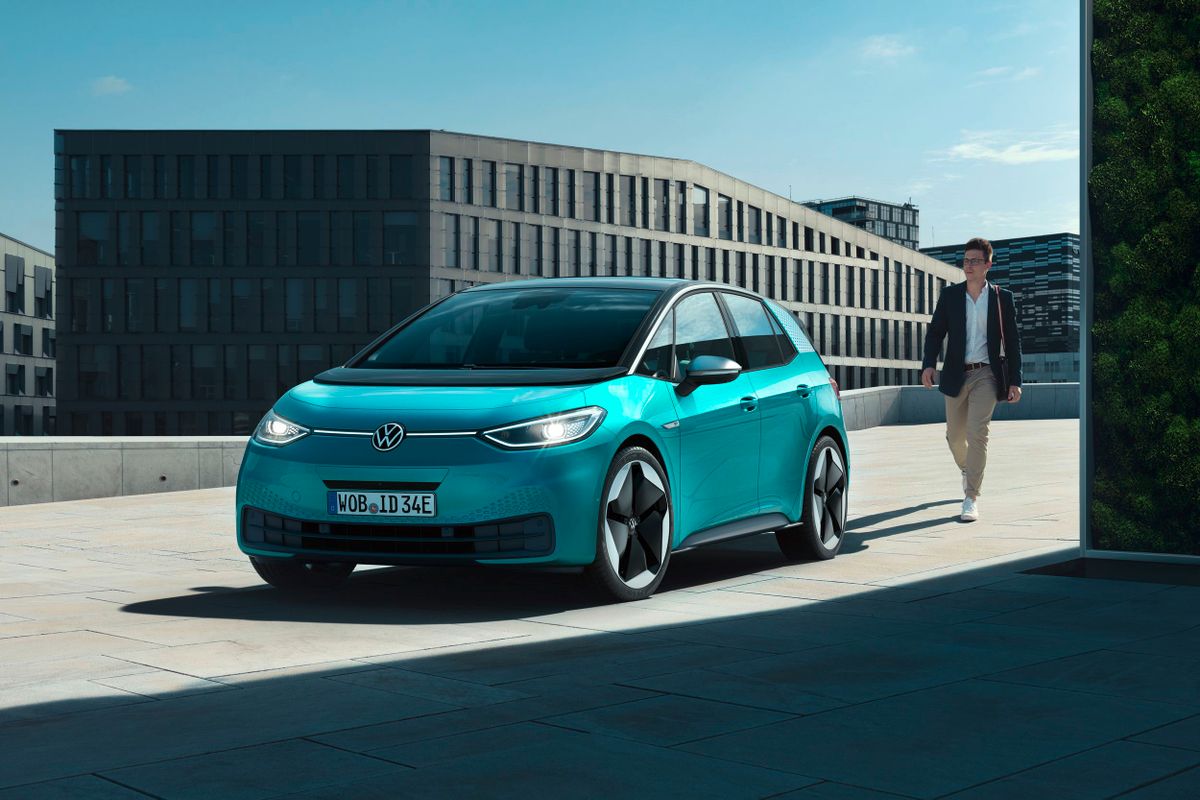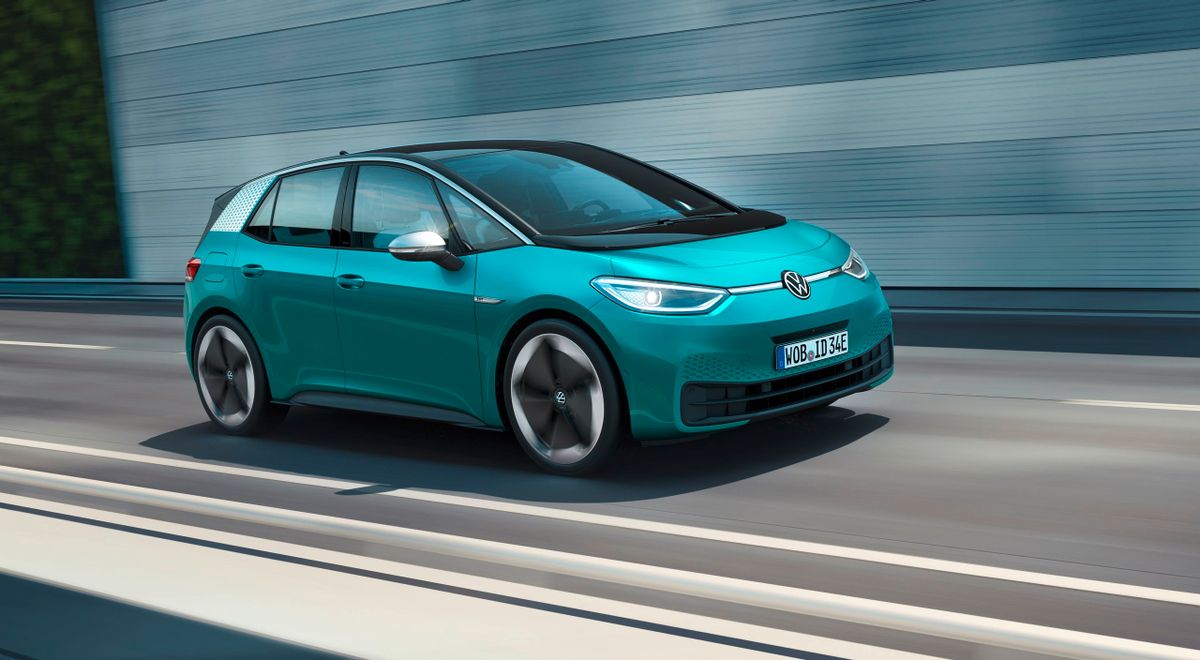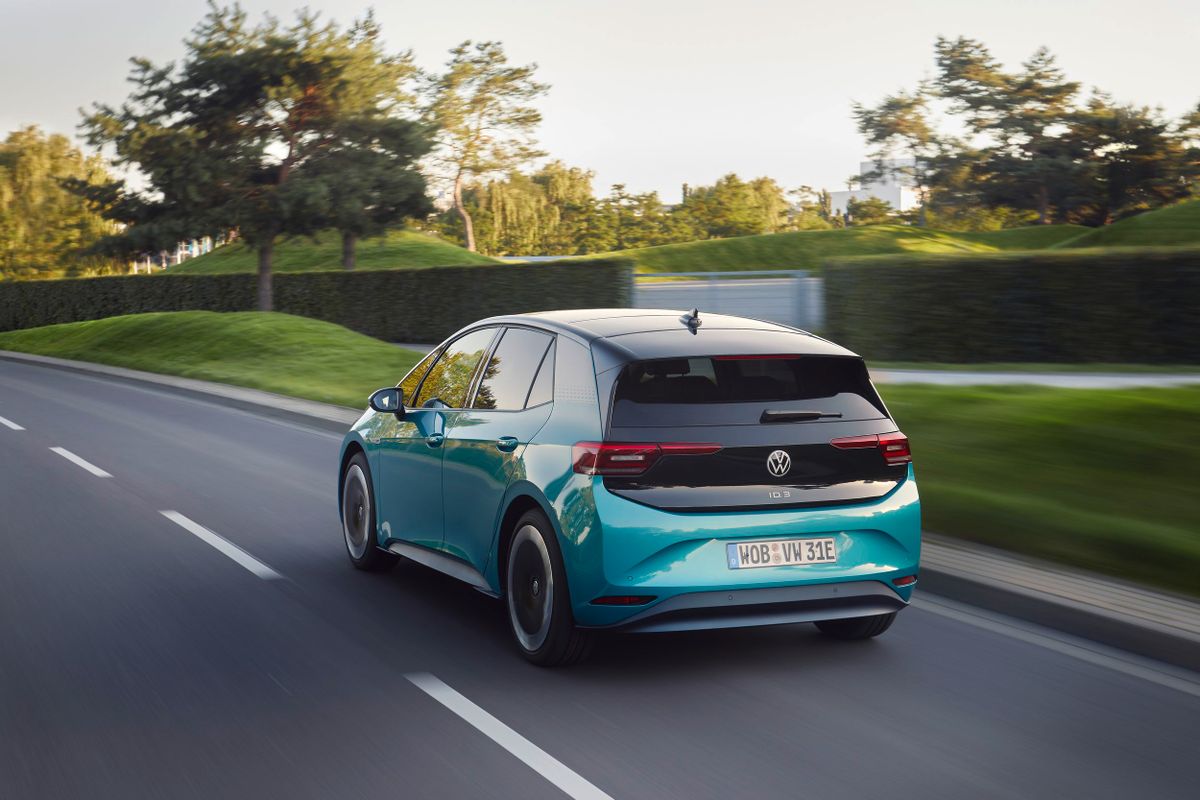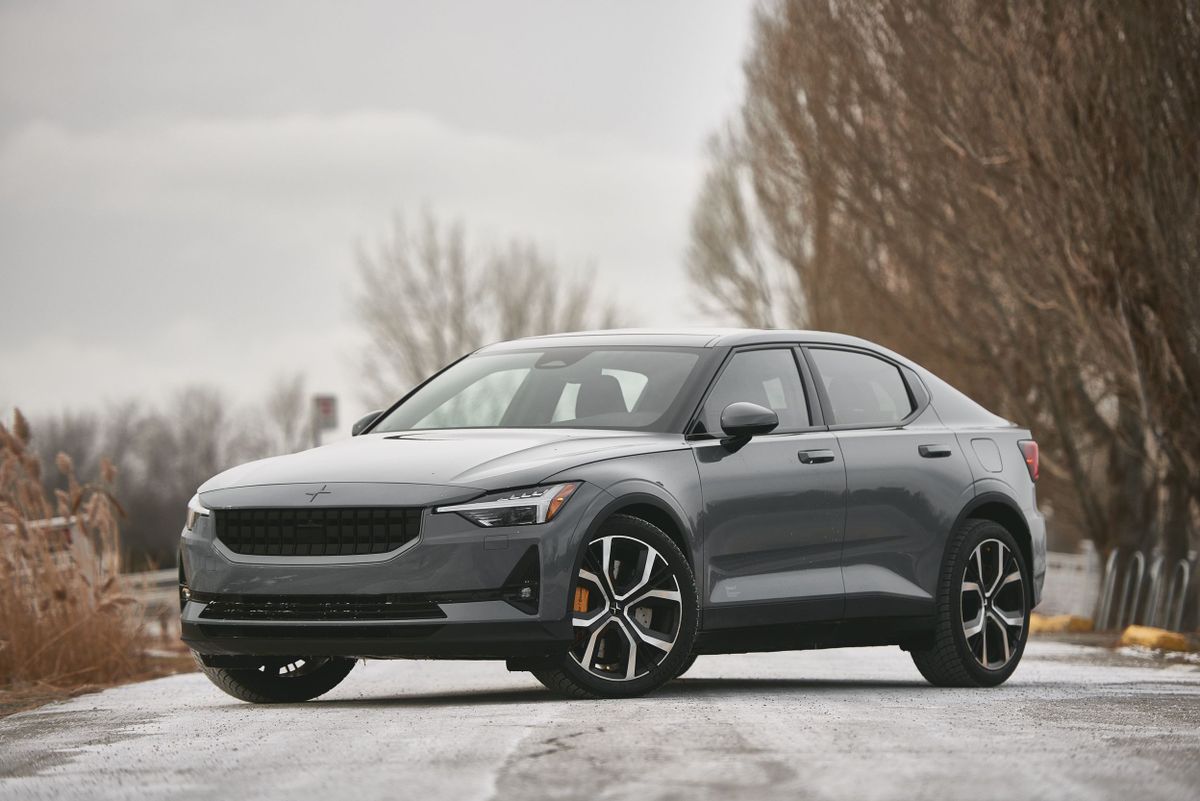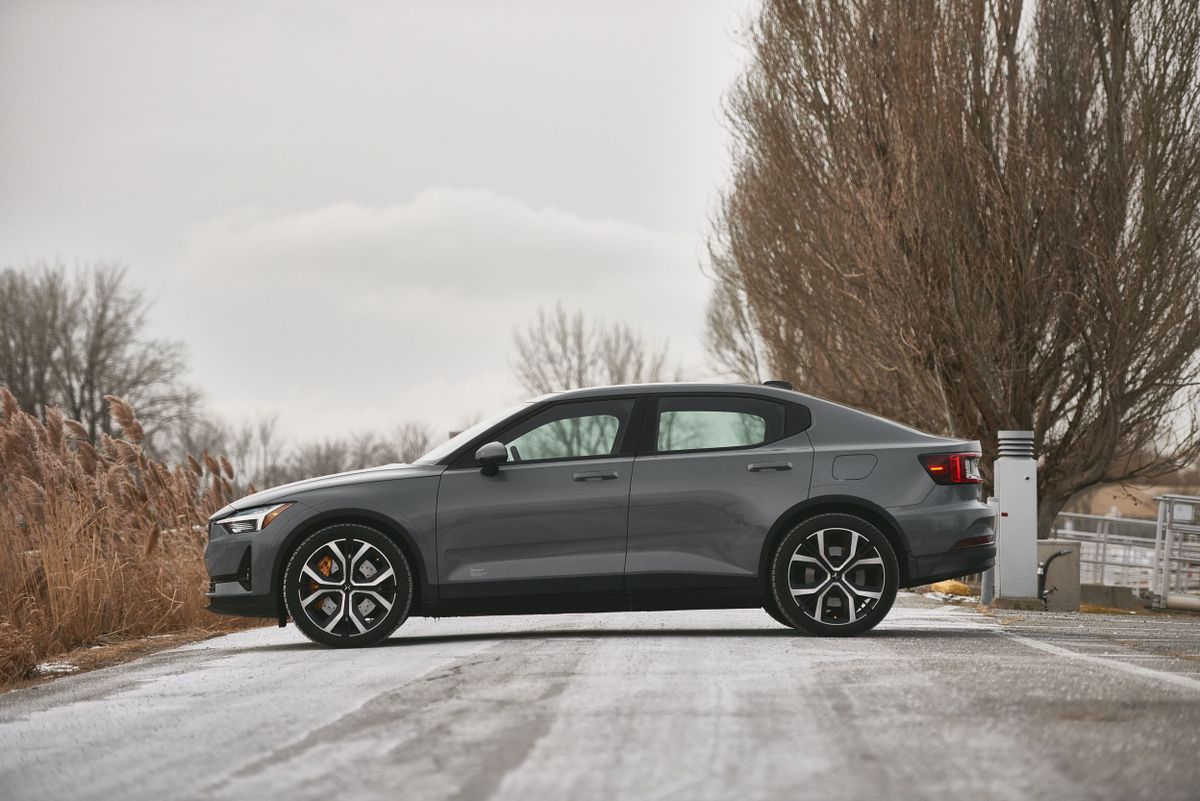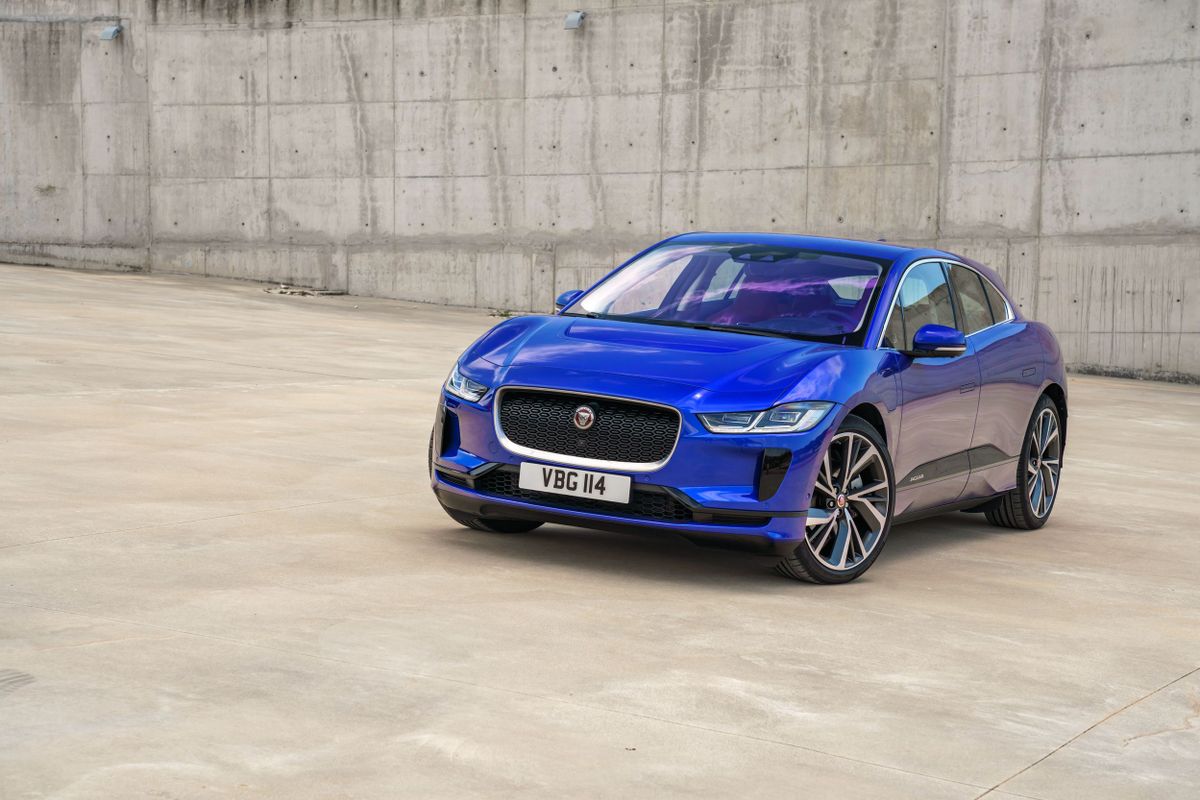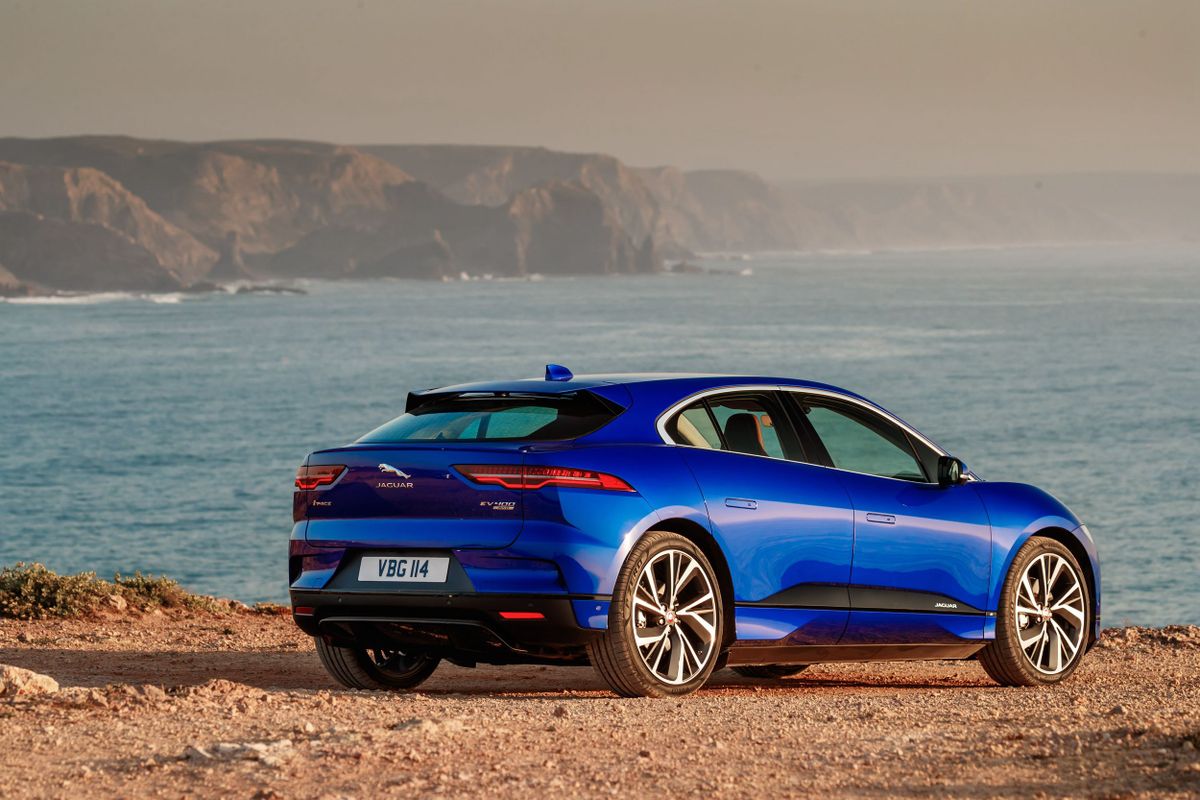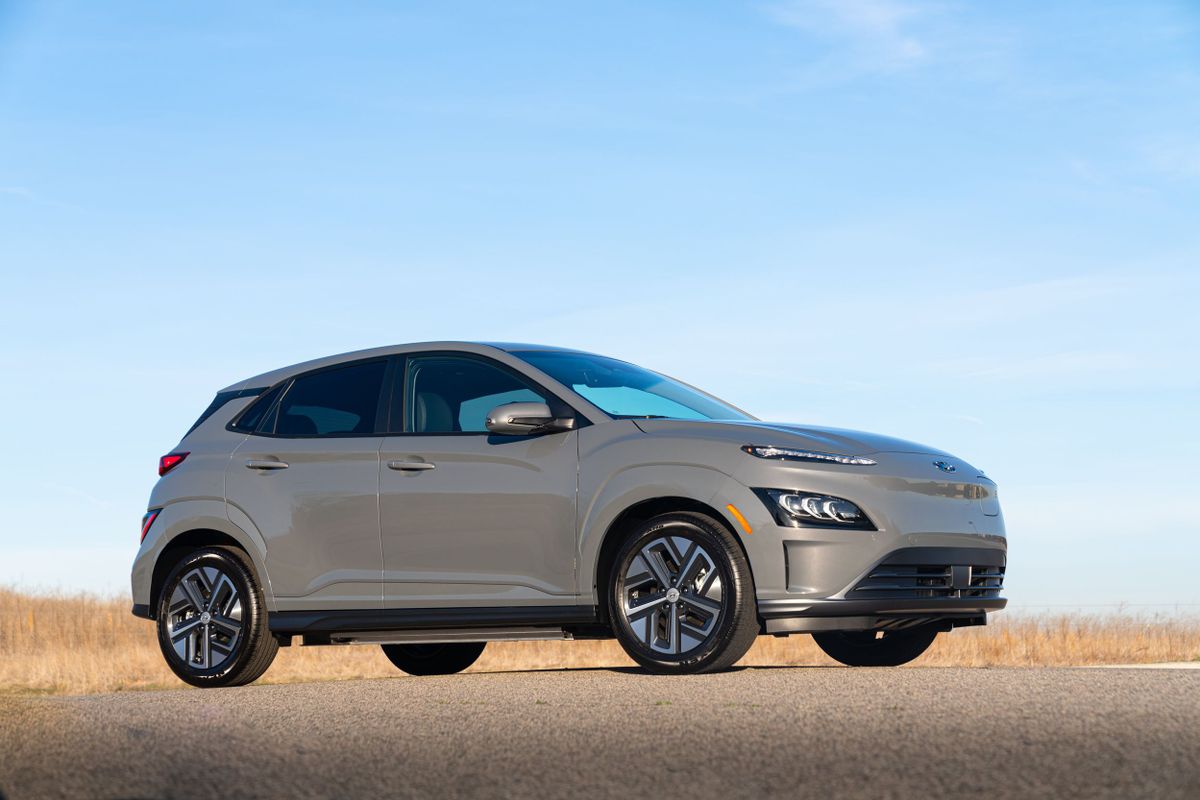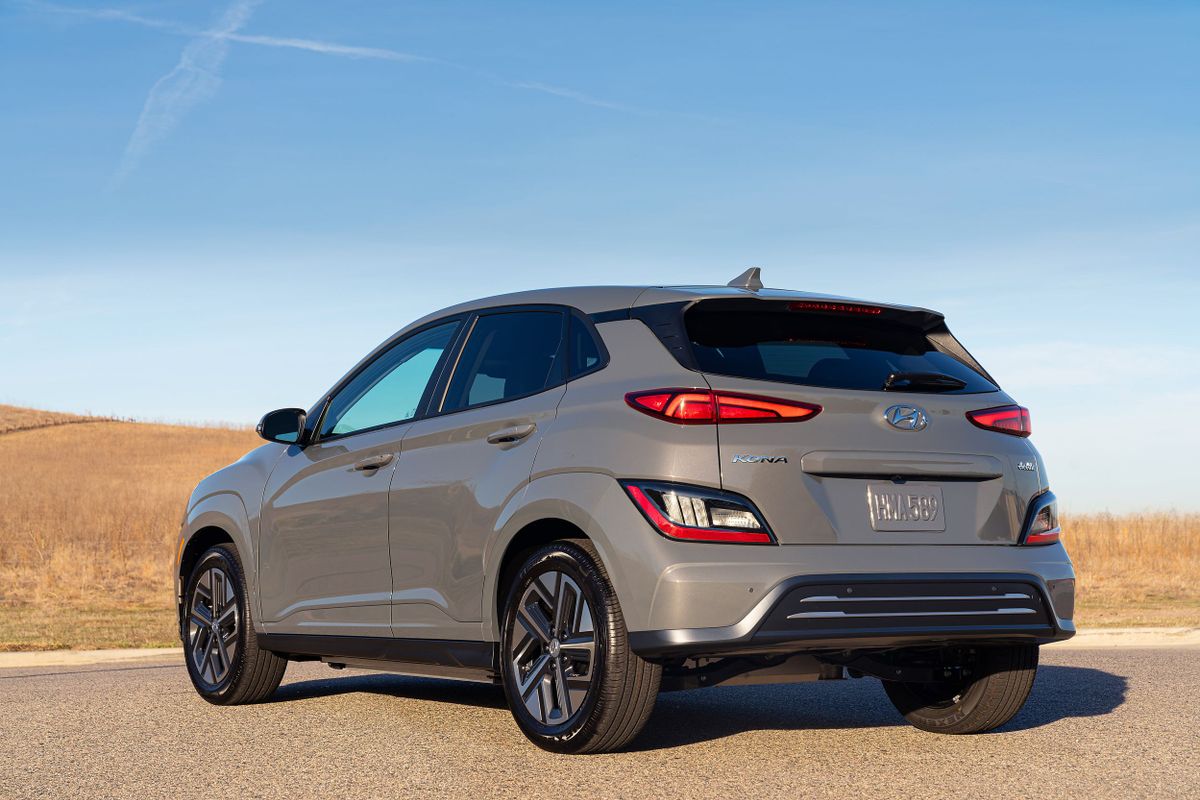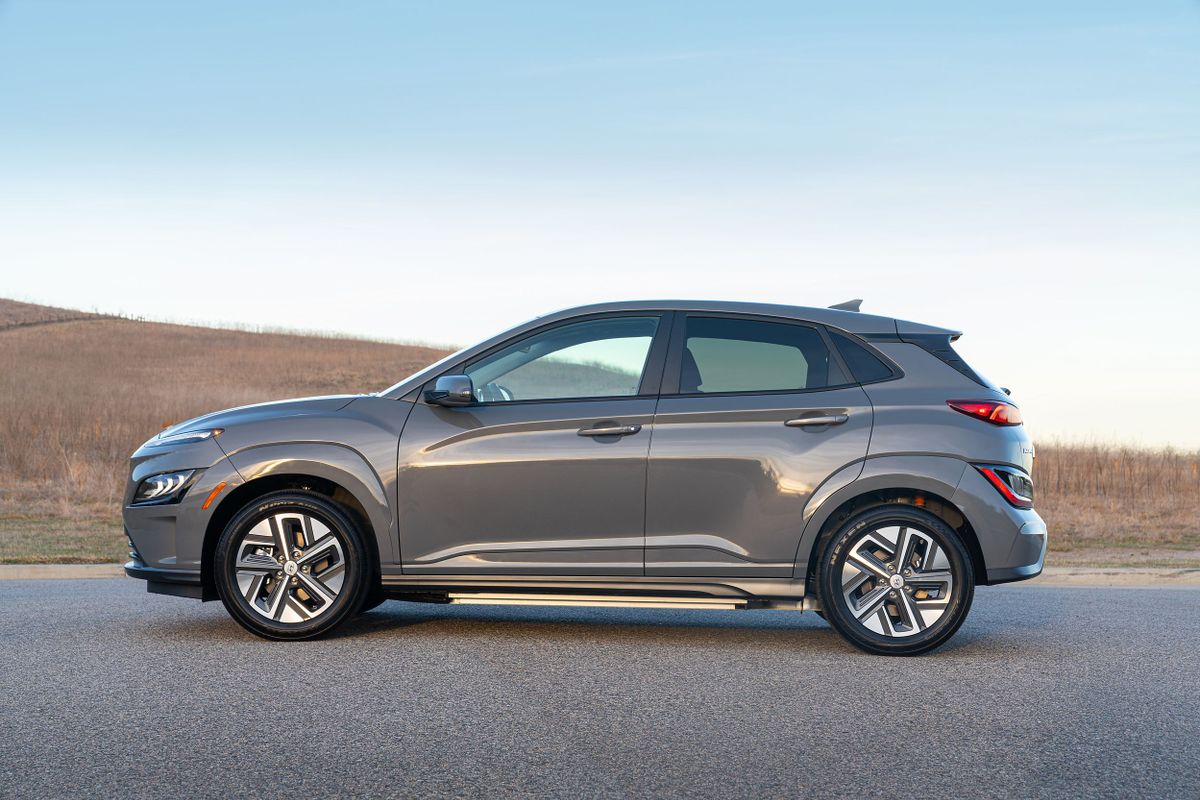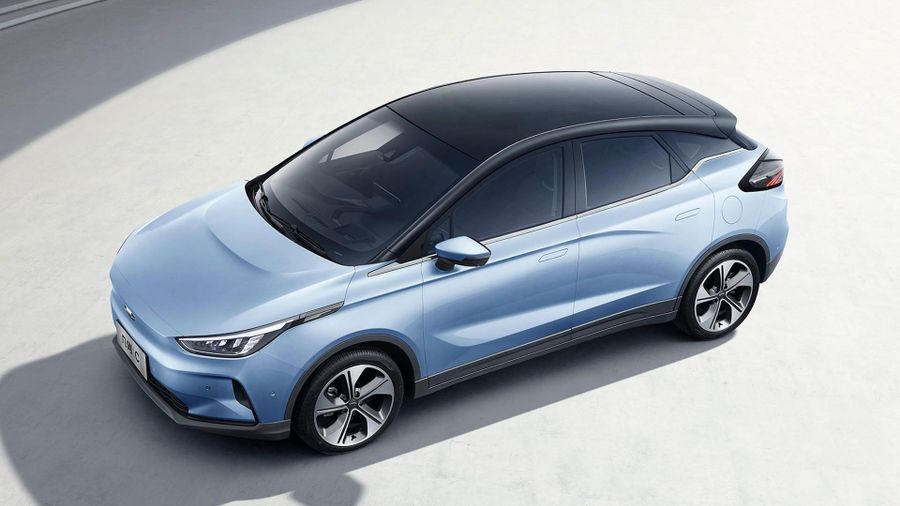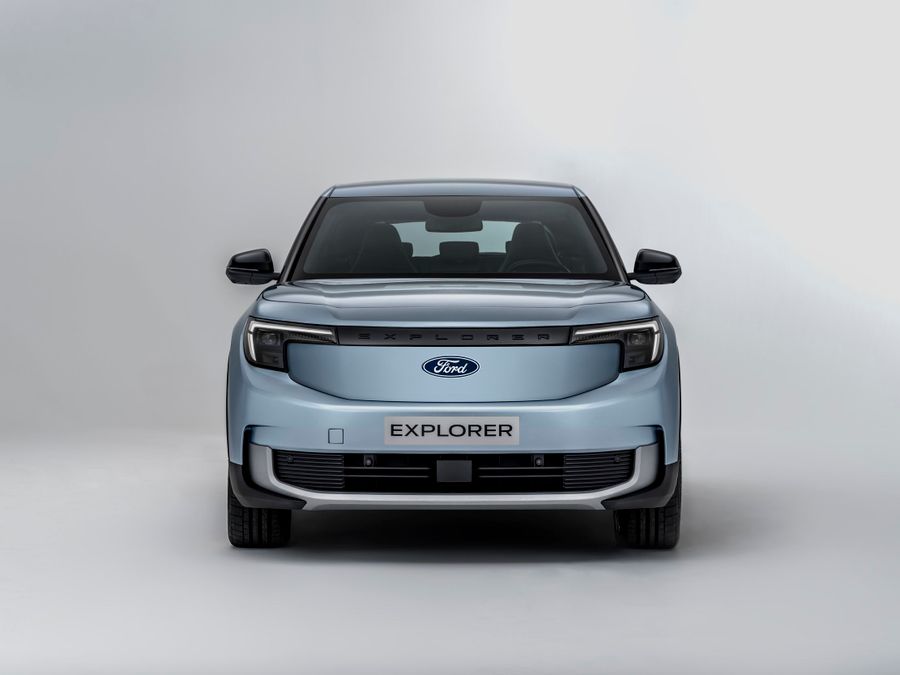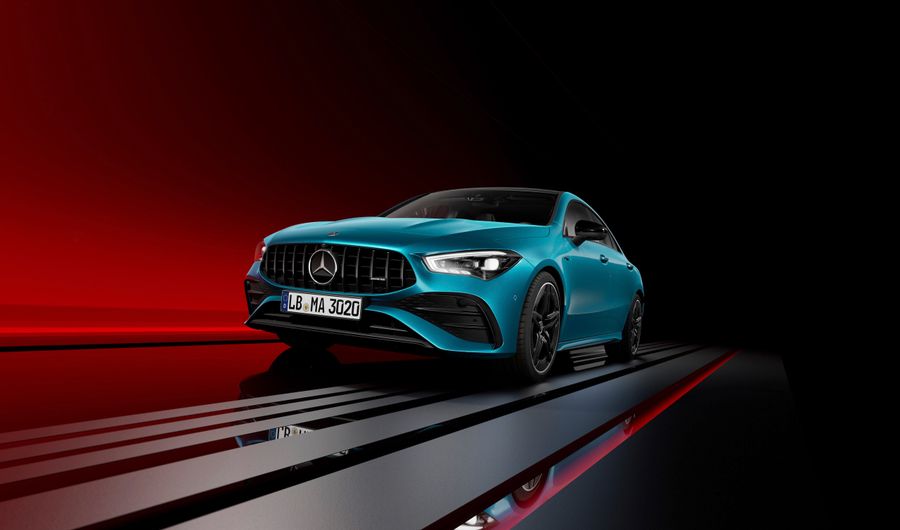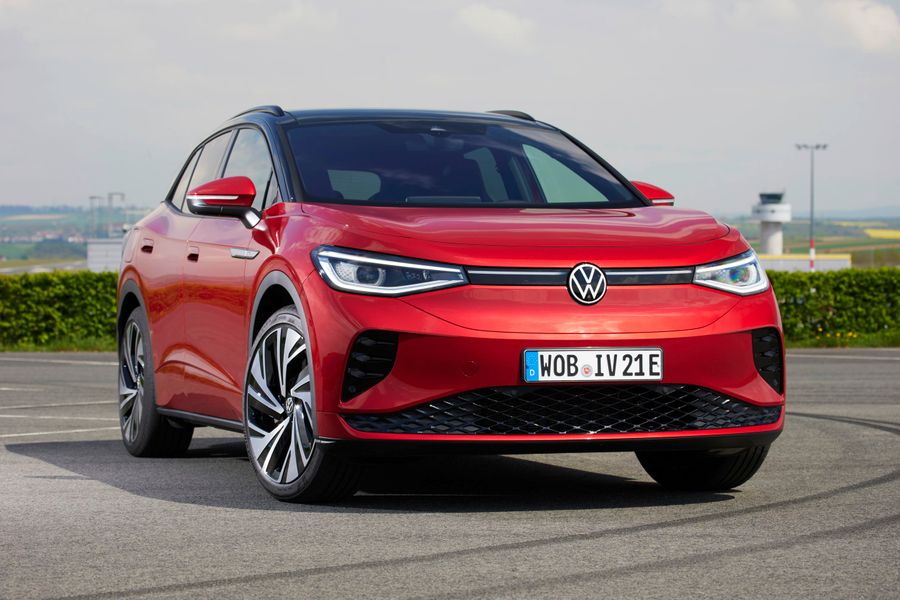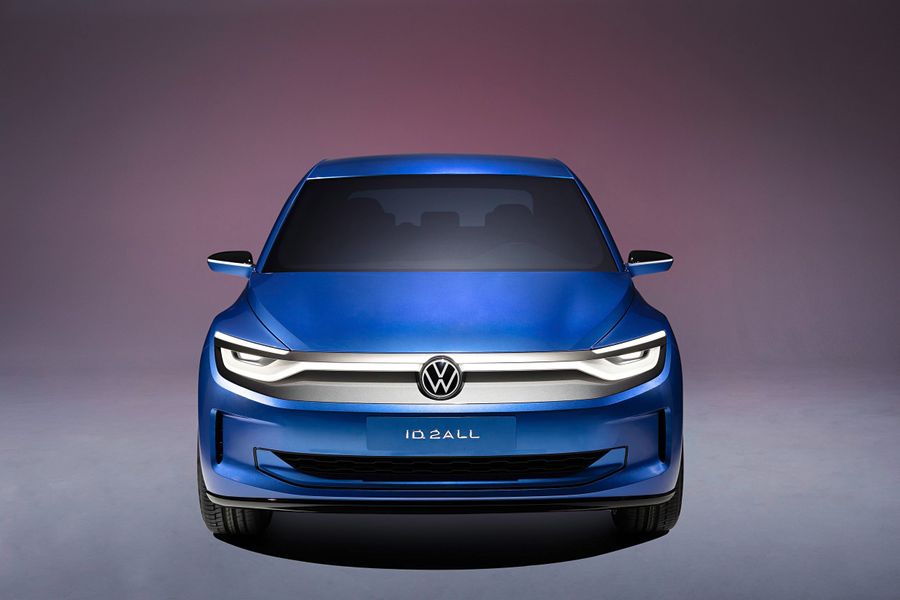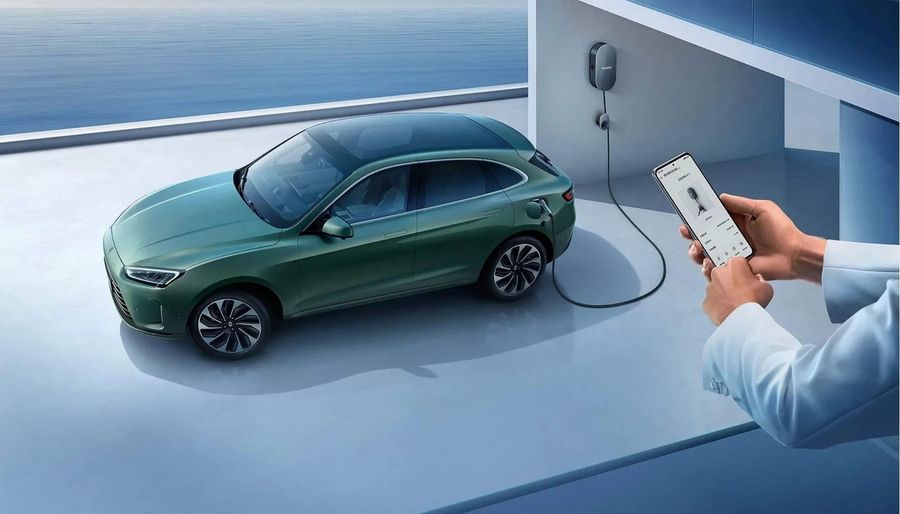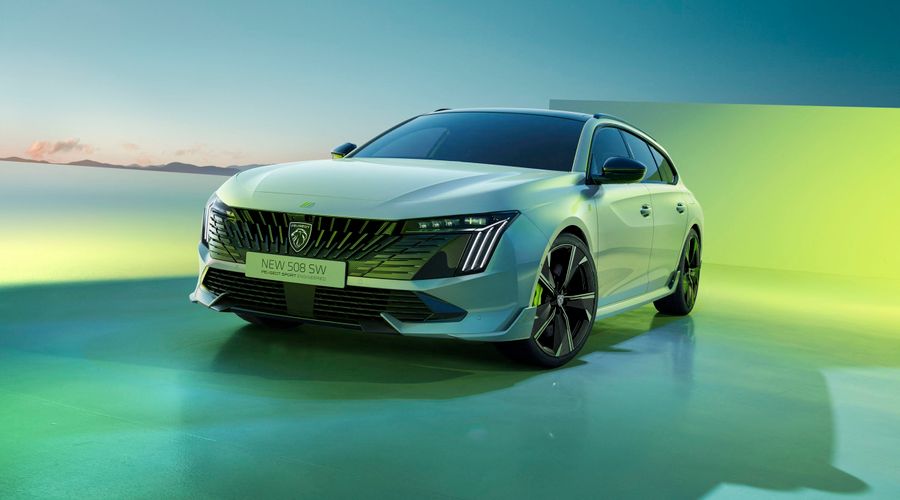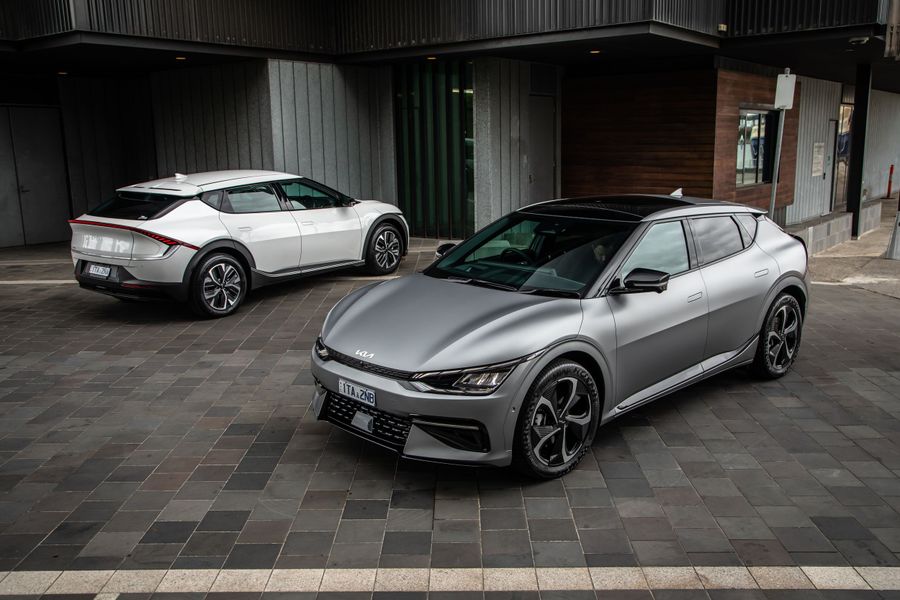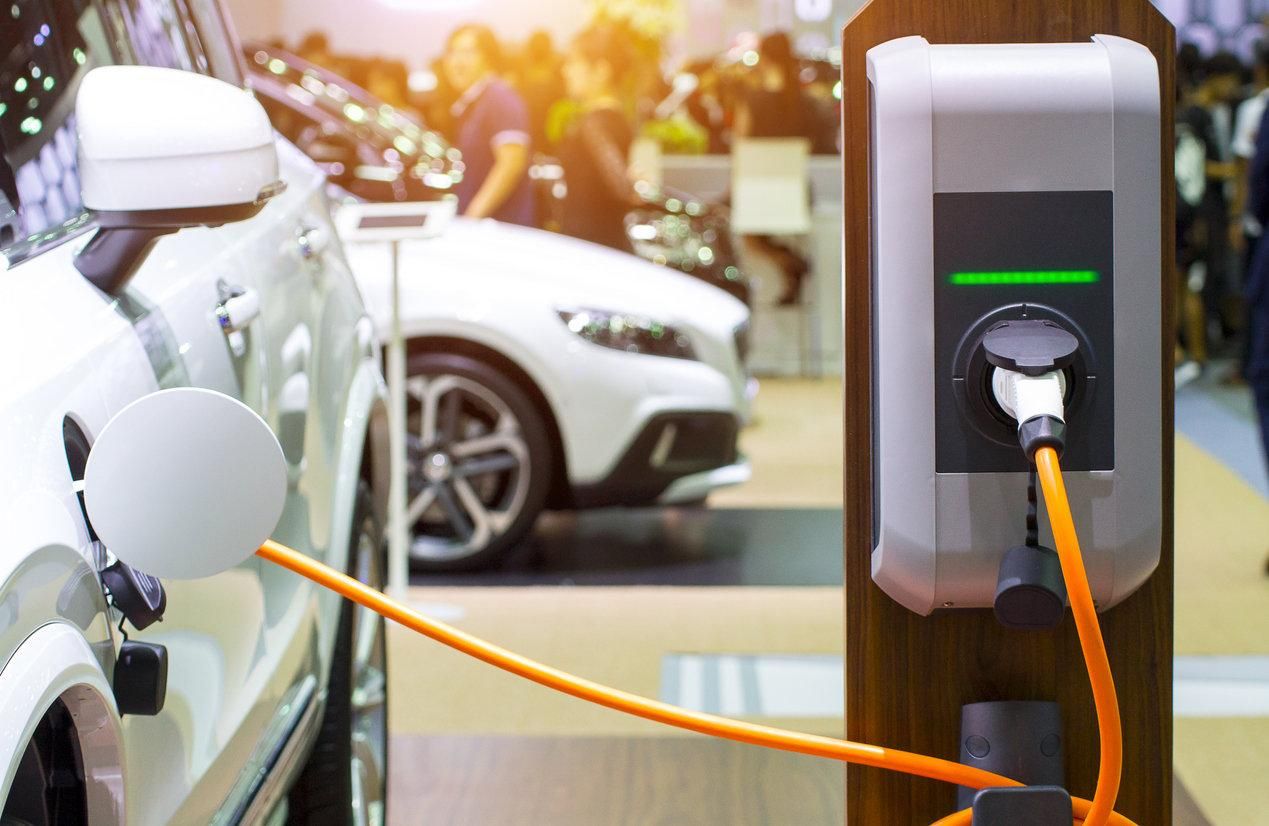
Top 10 electric vehicles in the world in 2021
We have analyzed EV rankings from several reputable resources, including Edmunds, Caranddriver, Autoexpress and a dozen other similar sources. Almost all sources indicate a generally uniform list of the best models with several exceptions. Thus, our top 10 includes only those models that appear in all or almost all the rankings without exception. Here’s the result:
- Hyundai Ioniq 5
- Tesla Model 3
- Porsche Taycan
- Ford Mustang Mach-E
- Tesla Model S
- Kia e-Niro
- Volkswagen ID.3 или Volkswagen ID.4
- Polestar 2
- Jaguar I-PACE
- Hyundai Kona Electric
The list includes hatchbacks, sedans, estates and SUVs. The order in which the models appear in the ranking does not matter. The main thing is that these electric vehicles are popular today. Remember to make your personal choice.
Who is who
- Hyundai Ioniq 5
Apparently, it is an exceptional electric car, as it tops many rankings. The Hyundai Ioniq Electric is a small hatchback based on the Ioniq hybrid model. Its range is about 270 km, while the power reaches 134 hp. The engine sends power to the front wheels through a single-speed direct-drive transmission. The car accelerates from 0 to 100 km/h in 8.3 seconds. It features a low center of gravity, low weight and well-balanced steering, but its braking system is a bit problematic. The 2021 Ioniq Electric is equipped with a 38.3 kWh battery pack, an on-board charger which now develops up to 7.2 kW from 6.6 kW and recharges the Ioniq in 6 hours. DC fast charging is standard for the 2021 Ioniq Electric and can charge the battery up to 80% in 55 minutes.
- Tesla Model 3
The Tesla Model 3 is a four-door electric sedan that entered the market in 2016 and is still popular. It offers a range of up to 600 km, which is more than any competitor. The rear-wheel-drive Model 3 can accelerate from 0 to 100 km/h in 5.1 seconds and reach a top speed of 225 km/h. The engine of the single-engine version (rear-wheel drive) produces 258 hp, while the engine of the twin-engine version (all-wheel drive) produces around 346 hp. The upgraded Performance version with two motors produces 450 hp. The 2021 Tesla Model 3 comes standard with 18-inch wheels, automatic headlights and high beams, front and rear parking sensors, keyless entry, cruise control, dual-zone climate control, an auto-dimming rear view mirror, and more. Standard technology features include a 15-inch touchscreen, real-time traffic navigation, voice activation, Bluetooth, Wi-Fi hotspot, smartphone app remote control for some systems, a rearview camera and a seven-speaker sound system.
- Porsche Taycan
Most Taycan models have two electric motors, one of which drives the front wheels and the other the rear wheels. The power of the engine depends on the configuration and varies from 402 to 670 hp. All Taycan models are equipped with an innovative two-speed gearbox that allows quick gear changes during hard acceleration. The Taycan’s range is around 600 km. You can charge a Porsche with a big 93.4 kWh battery in 7-8 hours, but you can charge the car from 5-80% in just 23 minutes.
- Ford Mustang Mach-E
The 2021 Ford Mustang Mach-E is Ford’s first all-electric SUV, designed and named after the legendary Mach-1 pony car. The electric vehicle is available with a standard range battery of 75.7 kWh or an extended range battery of 98.8 kWh. They send power to an electric motor mounted at the rear or on both axles. The power depends on the configuration. The engines of the sporty GT and GT Performance versions produce a total of 480 hp. The electric car accelerates from 0 to 100 km/h in just 3.5 seconds. The electric Mustang can travel up to 500 km on a single charge. Every Mach-E comes with a Ford Mobile Charger that recharges the battery to 80% in half an hour.
- Tesla Model S
The Tesla Model S is a five-door electric car that has been produced in a liftback body since 2012. The Model S is a safe car, it consistently gets five stars according to NHTSA crash test results. In 2021, the electric car is offered in two trim levels. The Dual motor Long Range Plus version is all-wheel drive and has two motors with a total power of 670 hp. The car accelerates from 0 to 100 km/h in 3.4 seconds, developing a maximum speed of 250 km/h. And the Tri motor Plaid version is all-wheel drive and has three electric motors with a total power of 1,034 hp. Acceleration to 100 km/h occurs in 2.1 seconds, while the top speed is 322 km/h! The range is approximately 630 km.
- Kia e-Niro
The front-wheel-drive electric estate is often positioned as an SUV. The entry-level version of the electric Niro is equipped with a 39.2 kWh battery that provides a driving range of 250 km. The advanced version has a 64 kWh battery, offering a range of 455 km. It accelerates from 0 to 100 km/h in 7.8 seconds, while its top speed is 167 km/h. The battery is recharged up to 80% in 40 minutes thanks to a 100 kW DC device. The electric car is fully charged in 10 hours from the network.
- Volkswagen ID.3 or ID.4
The ranking of the best electric vehicles always includes one or the other VW ID, sometimes but rarely the Volkswagen ID.5. The Volkswagen ID.3 is an electric five-door hatchback serially produced since the end of 2020, the first representative of the ID family. The electric car can be equipped with a 150 hp or 204 hp motor, a 45, 58 or 77 kWh battery, providing a range of 330, 420 or 550 km. The maximum speed of the electric car is 160 km/h. The Volkswagen ID.4 is the company’s second electric vehicle after the ID.3 hatchback, built on the same all-new electric vehicle platform. The battery with a capacity of 77 kWh is designed to drive without recharging up to 500 km. There’s a fast charger, charging up to 80% in 40 minutes. A 201 hp electric motor, mounted on the rear axle, allows you to accelerate to 100 km/h in 8.5 seconds, and the maximum speed is 160 km/h.
- Polestar 2
The Polestar 2 is an electric fastback produced since 2020 by a joint venture between the Swedish company Volvo and the Chinese company Geely. The Polestar 2 can be front-wheel drive or all-wheel drive. The car has 2 permanent magnet synchronous AC motors with a capacity of 204 hp (each) and 329 Nm (each). The total power is 408 hp and 660 Nm. The car accelerates from 0 to 100 km/h in 4.7 seconds. They are powered by a lithium-ion battery with a capacity of 75 kWh. The electrical system supports fast charging up to 150 kilowatts and is capable of charging the battery to 80% in 40 minutes. Home charging occurs in 8 hours at 11 kW or 22 hours with a 120-volt outlet. On a full charge, the Polestar 2 can travel up to 418.4 km.
- Jaguar I-PACE
The Jaguar I-Pace is Jaguar’s first mass-produced electric vehicle, a premium all-wheel drive SUV. It is equipped with two electric motors, the total power of which is 400 hp and 696 Nm, which allows you to accelerate to 100 km/h in 4.8 seconds. The maximum speed is 200 km/h. The electric vehicle is charged in 40-45 hours from a conventional home network, while using a special device you can charge the car in 12-13 hours. The fast charger can charge up to 80% in 40 minutes. The range of the electric Jaguar is 480 km.
- Hyundai Kona Electric
According to the test results, the Kona electric compact SUV has one of the longest ranges in real road conditions, which is why it appears in almost all rankings. In fact, the Hyundai Kona Electric is just an electric version of the small Hyundai Kona SUV, instead of a 4-cylinder engine, the Kona Electric is powered by a 201 hp electric motor, and its big 64 kWh battery is capable of traveling up to 415 km on a single charge. The electric vehicle accelerates from 0 to 100 km/h in 6.4 seconds.


